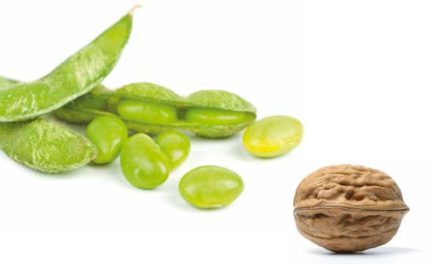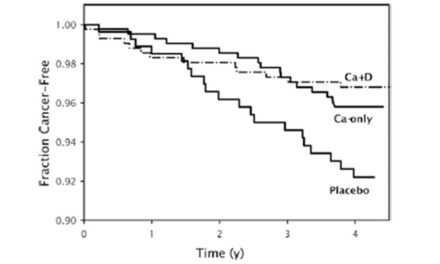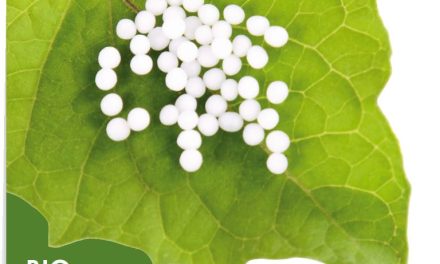p-Hydroxybenzoic Acid β-d-Glucosyl Ester and Cimidahurinine with Antimelanogenesis and Antioxidant Effects from Pyracantha angustifolia via Bioactivity-Guided Fractionation
Sun-Yup Shim 1, Ye Eun Lee 2, Hwa Young Song 2 and Mina Lee 2,*
1 Fish Health Center, Chonnam National University, 50 Daehak-Ro, Yeosu-si, Jeonnam 59626, Korea; shimsy@scnu.ac.kr
2 College of Pharmacy, Sunchon National University, 255 Jungangno, Suncheon-si, Jeonnam 57922, Korea; qjsro1124@naver.com (Y.E.L.); blueocean33@nate.com (H.Y.S.)
* Correspondence: minalee@sunchon.ac.kr
Abstract
This study evaluated bioactivity-guided fractionation as a means to identify therapeutic phytochemicals from Pyracantha angustifolia that can attenuate melanogenesis and oxidation. Seven compounds with inhibitory effects on melanin production and tyrosinase (TYR) activity, and ABTS and DPPH radical-scavenging activities, which have not been reported as whitening materials, were isolated from the n-butanol fraction from P. angustifolia leaves (PAL). Among the seven compounds, p-hydroxybenzoic acid β-d-glucosylester (HG), and cimidahurinine (CH) had strong inhibitory effects on melanin production and TYR activity, as well as ABTS and DPPH radical-scavenging activities. Western blot analysis showed that HG and CH suppressed tyrosinase-related protein (TYRP)-1 and TYRP-2 expression. Moreover, HG and CH inhibited reactive oxygen species (ROS) generation in tert-butyl hydroperoxide (t-BHP)-treated B16F10 cells. These results suggest that P. angustifolia containing active compounds, such as HG and CH, is a potent therapeutic candidate for the development of hypopigmenting agents.
Keywords
Pyracantha angustifolia; p-Hydroxybenzoic acid β-d-glucosylester; Cimidahurinine; melanin; tyrosinase; antioxidant









